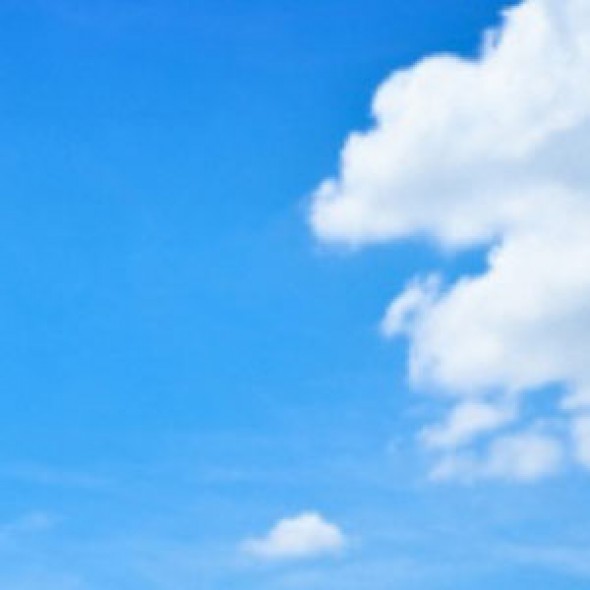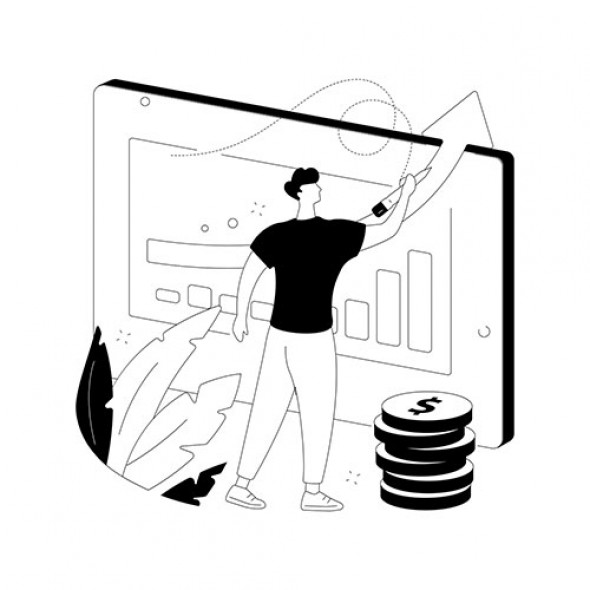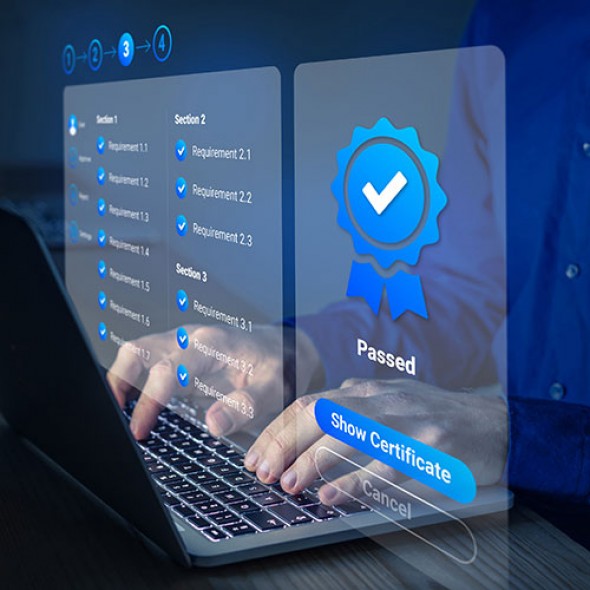General information
The provision of clean air for indoor spaces is achieved by ventilation, removal of used air, fresh air supply (heated/cooled, dried or humidified as required). Ventilation technology is a very important part of building services engineering, and must always be combined and coordinated with its other areas such as water treatment, gas supply or heating.
Fresh air should always be supplied prepared. As already mentioned, this can be done using various treatment and filtration methods or a combination of different techniques such as heating and humidification, or even sterile air supply. Depending on the application, the air quality requirements are also precisely defined and described.
In addition, the discharged air should also be filtered and treated as required, especially if a heat exchanger is also integrated into the system, or if the leakage of certain substances is to be reduced or prevented completely.
However, ventilation technology and industrial dedusting must be clearly separated from each other.

ISO 16890
The international standard of comfort filter levels. Evaluates the filtration efficiency of fine particulate matter (PM) in three defined size ranges, all of which are invisible to the eye but greatly affect health.

EN 1822
The European filter test standard EN1822 is the most important basis for testing and classifying HEPA filters. The standard is based on state-of-the-art particle measurement technology and automated methods for determining collection efficiencies.

Lifecycle costs
On average, filters are responsible for about 30% of the total energy costs for ventilation systems. By choosing the right filter, such as the efficient Nanowave ISO ePM1 filter with low pressure drop, energy can be saved while ensuring high indoor air quality.

Cooperation with MSZT
We cooperate with the Hungarian Institute for Standardization in national and international standardization tasks as a committee member and as a CEN delegate.
ISO 16890 filter test standard
According to the World Health Organization, air pollution is the greatest environmental risk to human health, causing more than three million premature deaths worldwide each year. And the list of health problems attributable to particulate matter is growing - ranging from cardiovascular and lung diseases to childhood cancers and respiratory illnesses.
The human body has its own protective mechanisms against dust exposure. Inhalable particles smaller than 10 μm (PM10) are deposited in various stages of the respiratory tract and removed thanks to the mucous membrane. However, alveolar fine dust (PM2.5) penetrates to the alveoli and bronchioles, where it can accumulate or even reach the bloodstream. The task of filters is to protect us from particles that burden our bodies or that the body cannot stop. That's why, since 2016, the ISO 16890 standard has focused on a filter's ability to retain particles around or below 10 μm in size. It classifies a filter depending on its ability to retain coarse dust (particles above 10 μm), PM10, PM2.5 and PM1. This results in the four filter groups of the standard.
In order to be included in a group, it is assumed that a filter separates at least 50 % of the respective particle size range in the average of the unconditioned and isopropanol-conditioned measurement processes, when new. The respective percentage efficiency is given rounded off in 5 % steps. The classification given thus shows the average minimum efficiency of the filters in their particle size range.
Example: an air filter is designated ISO ePM1 60 % if it captures more than 60 % of the PM1 particulate size fraction, or ISO ePM10
85 % if it captures more than 85 % of the PM10 particulate size fraction (the "e" stands for efficiency). Coarse dust filters are classified as ISO Coarse if the filter separates less than 50 % of the PM10 particle size range.

Separation efficiency according to EN1822
Part 1: Classification, performance testing and marking
EN1822-1:2009 distinguishes 3 groups of HEPA filters:
- Group E: EPA Filter - Efficient Particulate Air Filter
- Group H: HEPA filter - High Efficiency Particular Air Filter
- Group U: ULPA Filter - Ultra Low Penetration Air Filter
The classification of HEPA filters is based on the local and integral collection efficiencies determined during the test.
Part 2: Aerosol generation, measuring devices, particle counting statistics
This part describes the conditions of the test as well as the aerosol generators to be used, the particle measurement technology and the statistical procedures for evaluating the counting results.

Part 3: Testing of the planar filter medium (determination MPPS)
Part 3 describes the determination of the fractional collection efficiency and the particle size with the highest MPPS (Most Penetrating Particle Size) of the planar filter medium. For this purpose, the filter medium is flowed through at the nominal face velocity specified later in the filter and is exposed to a test aerosol. The particle concentrations contained in the aerosol are determined by means of a particle counting method, and the fractional efficiency curve is calculated. The particle size at which the fractional collection efficiency curve reaches its minimum is called MPPS. In simplified terms, it is the particle size at which the filter medium separates most poorly at a given face velocity.
Part 4: Leak test of the filter element (scan test)
This section covers checking the filter for leaks. Leaks can be caused by defects in the filter medium, improper sealing of the pleat pack with the frame, or irregularities during handling of the parts.
Due to the high separation efficiencies to be expected from HEPA filters, even the smallest damage, which is barely visible to the naked eye, leads to locally excessive particle penetration. For testing, the finished filter element is installed leak-free in a test rig in an automated process (scan test) and then exposed to a test aerosol DEHS (di-ethylhexyl sebacate) at nominal volume flow. The average particle size of the aerosol must be within the range of the MPPS. The downstream side of the filter is scanned by means of computer-controlled particle probes guided on linear axes. The local aerosol concentrations are measured at each point on the clean air side and the local penetration rate is determined. If the aerosol concentration does not exceed the required limit values at any point, the filter is considered to be leak-free. The necessity of determining the local efficiencies thus implies the need for individual testing of each filter element from filter class H13 and higher.

Part 5: Separation efficiency test of the filter element
Part 5 describes the determination of the integral filter collection efficiency. Usually, this value is represented by the mean value of the local efficiencies measured in part 4. Alternatively, a single measurement with fixed sampling probes is also permissible.
Classification of EPA, HEPA and ULPA filters see nearby.
Alternative method for leak testing: oil thread test (H13 and H14)
In this quick and inexpensive leak test, the filter is placed horizontally and leak-free on a diffuser in a room with bright lighting against a black background. An oil film is then applied to the surface of the filter or an oil droplet aerosol is introduced into the air stream. This is followed by a visual inspection of the filter for possible leaks, which are visible as plumes of smoke/oil on the filter surface. The efficiency of the method depends largely on the qualification of the person performing the test, so that the work process cannot be carried out without sufficient pre-qualification. The method is often criticized, the result is based on subjective perception, is not reproducible and is not suitable for testing the effectiveness of the filter.
Certification of absolute filters
For filters class H13 and higher, the integrity of the produced filter must be tested individually according to EN 1822 and the test report must be enclosed with the product. For these filters, the filter material certificate cannot be accepted as a certificate of the finished product. It is obligatory to indicate the following items on the certificate: Designation of the test method used, article and serial number of the product, dimensions, expected and measured efficiency values, nominal flow rate, initial pressure difference, date and conditions of the measurement (temperature, humidity, medium / concentration of the aerosol used). Of course, it must also be marked whether the product meets expectations. Since these certificates are automatically generated by the tester, they are valid without a signature. Manufacturers are allowed to repair minor leaks. In this case, the product must be retested and the number of repairs must be indicated on the certificate.
Lifecycle costs
Ventilating buildings can be very expensive. The average energy cost for filters is responsible for about 30 % of the total cost for ventilation systems. By choosing the right filter, such as the efficient Nanowave pocket filter ISO ePM1 60 % with low pressure drop, energy can be saved while maintaining high indoor air quality. Considering that the air filter is the least expensive and easiest component to change, savings can be realized quickly.
1Pa = 1 Euro
A rule of thumb for a typical installation is that each increase in pressure differential (each additional pascal) costs one euro of additional energy per filter. A well-designed filter can have up to 50 pascals less pressure differential compared to an ordinary filter for the same efficiency. In other words, up to 50 euros can be saved per filter on the annual electricity bill.
Analysis of numerous use cases shows that energy consumption is responsible for up to 70-80 % of the LCC (lifecycle cost). Energy consumption is directly related to the average pressure drop of the filter.
Choosing the right filter saves energy and money!
Filter procurement costs
+ replacing costs
+ energy consumption
+ disposal
= total costs (LCC)
Energy efficiency classification
Buyers of air filters now have a much easier time choosing the right filter - both in terms of energy efficiency and optimal indoor air purity. With the objective energy efficiency classification from Eurovent, all air filters can be rated from A+ to E. A+ stands for the lowest and E for the highest energy consumption. Based on the international standard for comfort air filters ISO 16890, the classification provides a better understanding of annual energy consumption, initial and minimum efficiency. With rising energy prices and increasingly stringent requirements for CO2 emissions, the energy consumption of air filters has come under increasing observation. In the past, air filters were classified simply on the basis of their average efficiency. However, the new energy classification is much more precise.
The classification method measures both filter efficiency and pressure drop as a result of dust loading. A representative energy consumption is determined based on the average pressure drop during dusting. Based on these figures, the energy performance of a filter during a one-year operating period is simulated in a laboratory. This representative energy value is used for the classification of air filters into energy classes.